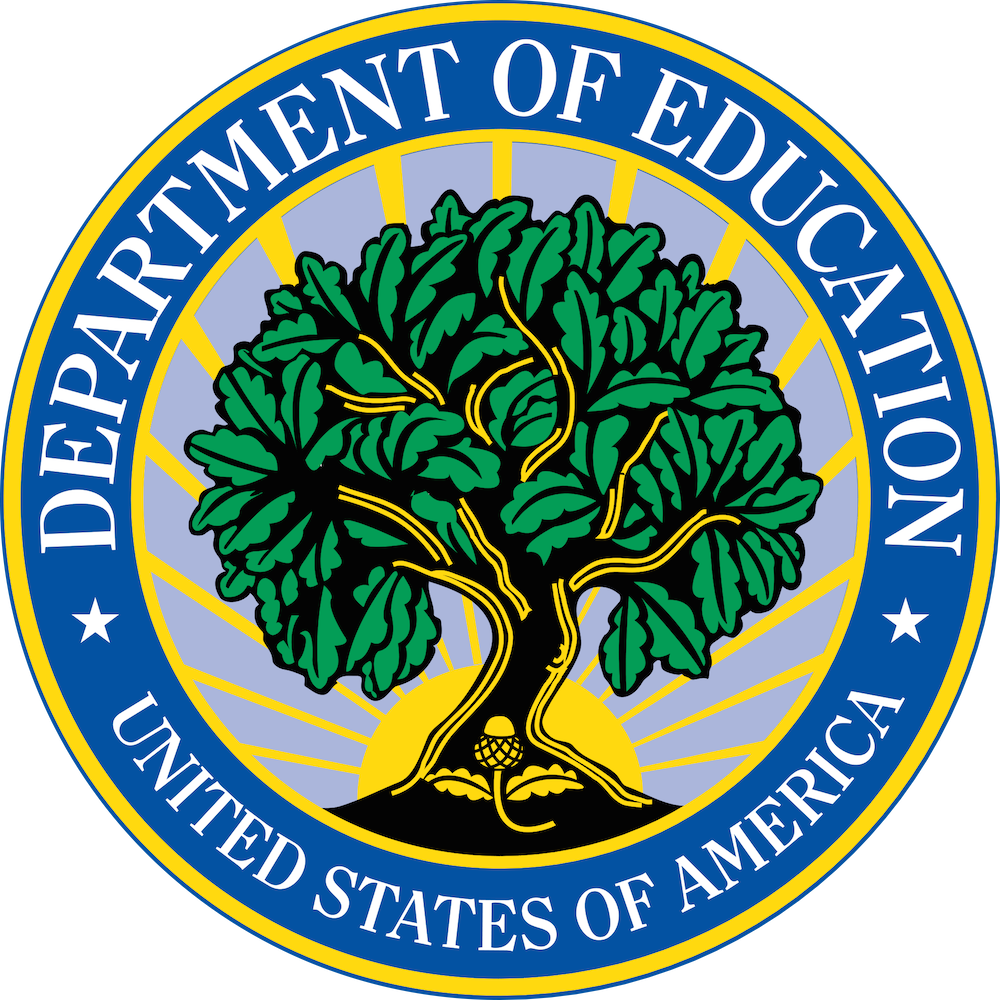
The following post was written by Kelly Graham, a Senior at Northeastern University in Boston and Co-Op on the America Forward team. Kelly is supporting America Forward’s Today’s Student work during the Presidential cycle.
Before today’s students even set foot on a college campus or enroll in a post-secondary program, and think about balancing competing priorities while attending school, they face the challenge of applying to college and, along with it, applying for financial aid using the Free Application for Federal Student Aid (FAFSA). Although filling out the FAFSA opens the door to financial aid resources and enables many students to access college, navigating the FAFSA application process can be overwhelming.
Completing the FAFSA is the first step to accessing any amount of the $180 billion in Federal financial aid, unfortunately, too often, the FAFSA acts as a barrier to students and families who find the form difficult to understand. With most FAFSA filers being first-generation or Pell-eligible individuals, it is vital that the process be manageable in order to expand opportunity to as many students as possible.
Fortunately, the Obama Administration has made changes to this year’s FAFSA filing process to help support today’s aspiring post-secondary students:
Earlier Release Date (October 1st):
Up until this year, the FAFSA had been released on January 1st. This release date left a small window of time for students to fill it out, receive and understand their results, and then decide on a post-secondary institution that met their needs before enrollment deadlines. This year, the FAFSA was released earlier on October 1st to ensure students and families are able to access information earlier in the college application process.
Streamlined Filing Process
The FAFSA will now allow students to automatically populate the form with last year’s tax information from the IRS. Instead of combing through records retrieving old information that has already been sent to the government once, students can now save significant time and energy with the IRS Data Retrieval Tool.
The More You Know: College Scorecard
A new federal College Scorecard provides clear, reliable data on college cost, graduation rates, and post-college earnings. Students can learn their financial aid eligibility within a few days of completing the FAFSA, giving them more time to utilize the College Scorecard to compare cost and student outcomes and make informed decisions that prioritize value based on their personal needs.
Access. Access. Access.
The U.S. Department of Education is engaging in efforts to make information about changes to the FAFSA process and College Scorecard data as public and accessible as possible, especially to students who face additional barriers accessing higher ed.
The Department of Education has received commitments from 170 organizations this year to maximize the number of students who will receive FAFSA and Scorecard information, including commitments from a number of America Forward Coalition member organizations. These organizations have committed to share this important information through their work, and together reach 20 million students across the nation. This information is being disseminated in innovative ways. Using the Up Next texting tool, students can access step-by-step advice and personalized support from Coalition organizations such as College Advising Corps, College Forward, College Possible, and network partners like Inside Track in completing the FAFSA, using the College Scorecard, and guidance on loan repayment after graduation.
The Department of Education is also providing materials, videos, and webinars through their Financial Aid Toolkit and additional information on the financial aid process and step-by-step assistance on the FAFSA, college preparation, and student loan repayment through StudentAid.gov.
You can help spread the word even further. Send this post to your students, colleagues or partner organizations! Also, be sure to follow the conversation on Twitter using #TodaysStudent.
Together we can make inroads to ensure that diverse post-secondary opportunities are within reach for more students than ever.
Leave a Reply
You must be logged in to post a comment.